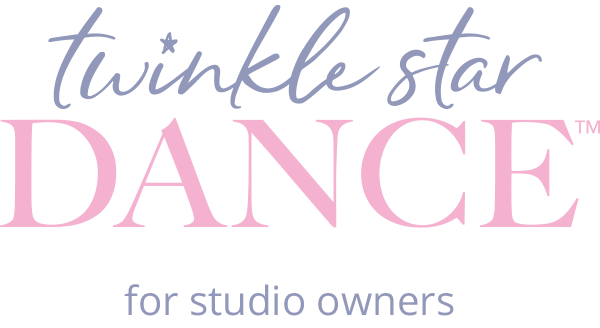Dance offers age-appropriate benefits for children that build on each other year after year:
1. Physical Development
Dance improves coordination, strength, balance, and flexibility. Multiple classes per week reinforce muscle memory and support healthy posture and motor skills which is crucial for developing bodies.
2. Emotional Growth
Dance is a form of expression. It helps children process emotions, build confidence, and feel successful through positive reinforcement and goal-setting.
3. Cognitive Benefits
Children engaged in dance show improved focus, memory, and pattern recognition. Structured routines help develop discipline and the ability to follow complex instructions.
4. Social Skills
In group classes, children learn teamwork, listening skills, and how to support their peers helping foster empathy and collaboration from a young age.
Why More Dance Is Better
While one class per week is a great start, multiple classes offer exponential benefits:
Faster Skill Progression
Repetition builds mastery. With more time each week, students grow stronger technically and creatively.Cross-Training Opportunities
Taking different styles (ballet, tap, jazz, hip-hop, etc.) helps develop versatility, agility, and a deeper love for movement.Consistency Builds Confidence
More classes mean more opportunities to feel proud, prepared, and performance-ready. Kids feel the difference when they’re truly invested.Safe & Active Screen-Free Time
Regular dance classes provide a healthy alternative to screens and sedentary activities, especially during critical growth periods.
With a new dance season upon us, now’s the perfect time to encourage your dancers to take multiple classes per week. Consider offering a discount on the second class and/or scheduling complimentary classes back to back.
